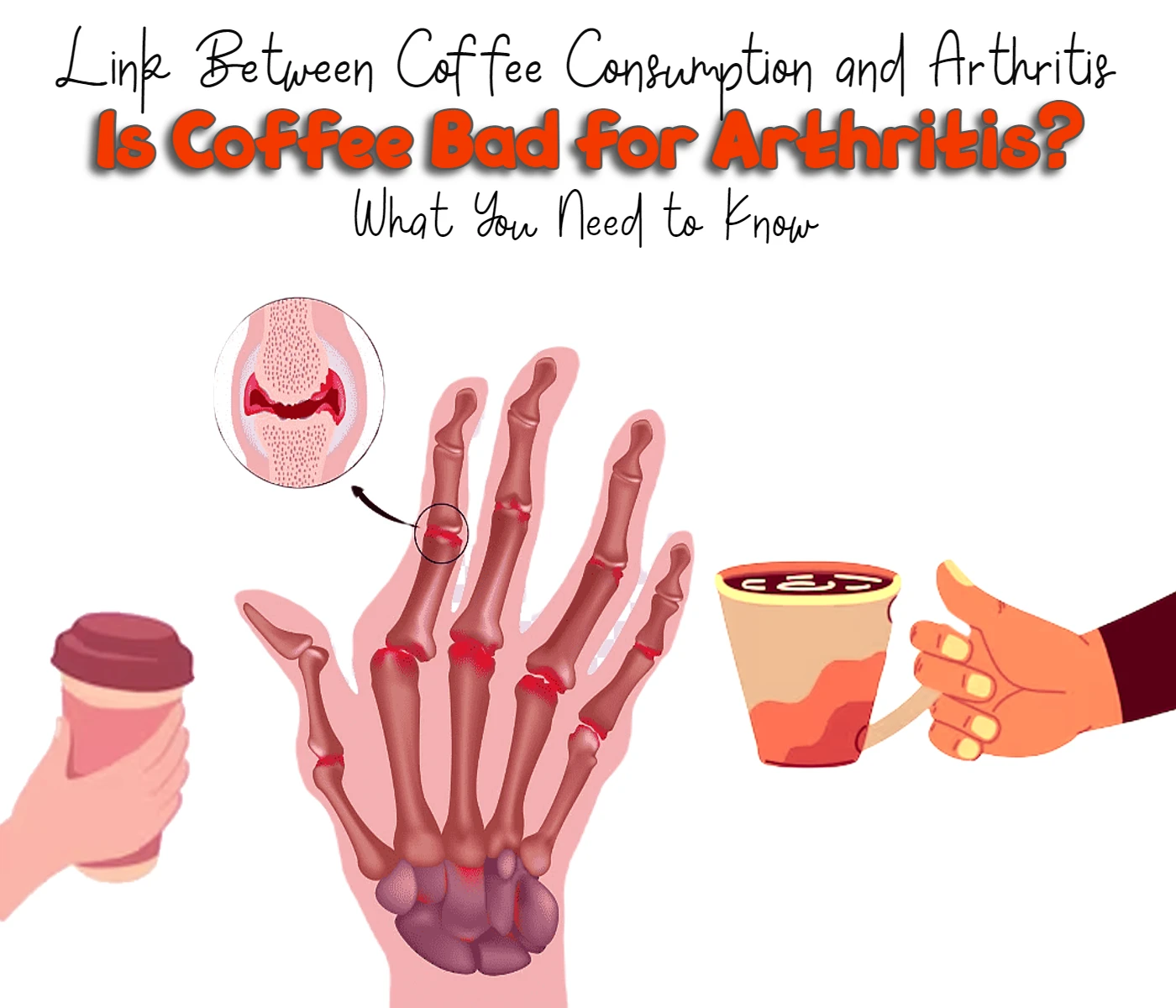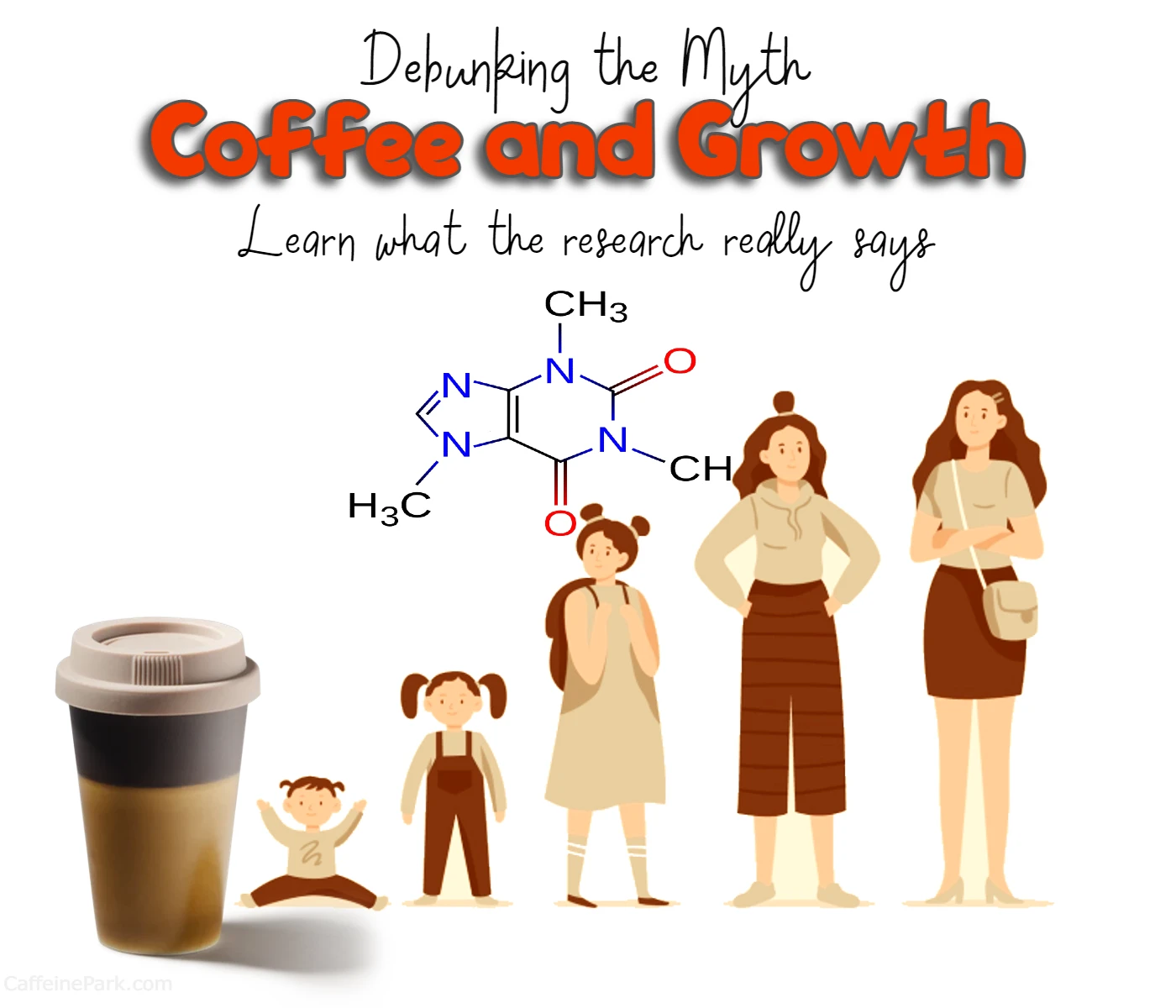
Welcome to my blog on caffeine vs pamabrom! Whether you’re a regular caffeine consumer or someone who’s dealing with PMS-related bloating, understanding the differences between these two substances can be incredibly helpful. In this article, we’ll take a closer look at what caffeine and pamabrom are, their respective uses, effects, and potential side effects. By the end of this blog, you’ll have a better understanding of which substance may be right for you.
Before we dive into the details, it’s important to note that both caffeine and pamabrom are substances that should be used responsibly and under the guidance of a healthcare professional. While caffeine is a popular and widely available substance, it can have some negative effects if consumed in excess or if you’re sensitive to its effects. Pamabrom, on the other hand, is a less well-known substance that is primarily used to treat water retention and bloating, but it’s important to understand its effects and potential side effects before using it.
So, whether you’re considering using caffeine for an energy boost or pamabrom to alleviate bloating, read on to learn more about these two substances and their effects on the body. By the end of this article, you’ll have a better understanding of which substance may be right for you and how to use it safely and effectively. So, let’s get started and dive into the world of caffeine vs pamabrom!
here’s a quick chart highlighting some of the main differences between caffeine and pamabrom:
| Caffeine | Pamabrom | |
|---|---|---|
| Primary Use | Stimulant | Diuretic |
| Effects | Increased alertness | Eliminates excess water |
| Side Effects | Jitters, anxiety, insomnia | Stomach pain, nausea, vomiting |
| Addiction potential | Yes | No |
| Pregnancy safety | Moderate consumption is safe | Not known, talk to doctor |
| Weight loss potential | None | None |
Keep in mind that this chart is not comprehensive and there may be additional differences between caffeine and pamabrom depending on your individual health situation and use of the substances. As always, it’s important to talk to your doctor or healthcare provider before using any new substance.
What is Caffeine?
Caffeine is a naturally occurring stimulant that is found in coffee, tea, and chocolate. It is also added to many soft drinks and energy drinks. Caffeine is known for its ability to increase alertness and improve focus. When consumed, caffeine is quickly absorbed into the bloodstream and travels to the brain, where it blocks the action of adenosine, a neurotransmitter that promotes sleep and suppresses arousal. As a result, caffeine increases neural activity, leading to increased alertness and concentration.
Effects of Caffeine
Caffeine has several effects on the body, including:
- Increased alertness and concentration: As mentioned earlier, caffeine blocks the action of adenosine, leading to increased neural activity, which in turn increases alertness and concentration.
- Improved physical performance: Caffeine has been shown to improve physical performance by increasing the release of adrenaline and other hormones that stimulate the body.
- Reduced fatigue: Caffeine reduces fatigue by blocking the action of adenosine, which is responsible for promoting sleep and suppressing arousal.
- Diuretic effect: Caffeine is also a mild diuretic, meaning that it increases urine production and can help to reduce bloating.
Uses of Caffeine
Caffeine is used in several ways, including:
- As a stimulant: Caffeine is used to increase alertness and concentration, making it a popular ingredient in energy drinks and some medications.
- To improve physical performance: Caffeine is sometimes used by athletes to improve their performance.
- To treat headaches: Caffeine is a common ingredient in many over-the-counter headache medications because it can help to reduce pain and improve blood flow.
What is Pamabrom?
Pamabrom is a diuretic that is used to treat water retention, bloating, and swelling caused by premenstrual syndrome (PMS) or other conditions. Pamabrom works by increasing urine production and helping the body to eliminate excess water and salt.
Effects of Pamabrom
Pamabrom has several effects on the body, including:
- Diuretic effect: Pamabrom increases urine production, helping the body to eliminate excess water and salt.
- Reduced bloating and swelling: By eliminating excess water and salt, pamabrom can help to reduce bloating and swelling.
Uses of Pamabrom
Pamabrom is used primarily to treat water retention, bloating, and swelling caused by PMS or other conditions.
Differences between Caffeine and Pamabrom
Now that we have discussed the effects and uses of both caffeine and pamabrom, let’s compare them.
- Effects on the body: Caffeine and pamabrom have different effects on the body. While caffeine increases alertness and physical performance, pamabrom is primarily a diuretic that helps to eliminate excess water and salt.
- Uses: Caffeine is used primarily as a stimulant and to improve physical performance, while pamabrom is used to treat water retention, bloating, and swelling caused by PMS or other conditions.
- Side effects: Caffeine can cause jitters, anxiety, and sleep problems if consumed in large quantities. Pamabrom can cause nausea, vomiting, and stomach pain in some people.
Conclusion
In conclusion, caffeine and pamabrom are two substances with different effects and uses. While caffeine is primarily used as a stimulant and to improve physical performance, pamabrom is used to treat water retention, bloating, and swelling caused by PMS or other conditions. It’s important to note that both caffeine and pamabrom can have side effects, so it’s important to use them responsibly and under the guidance of a healthcare professional.
Overall, caffeine and pamabrom are two substances that serve different purposes and have different effects on the body. If you’re considering using either of these substances, it’s important to understand their effects and uses, as well as any potential side effects, so you can make an informed decision.
FAQs
Caffeine is primarily used as a stimulant to increase alertness and concentration, and to improve physical performance. It is also sometimes used to treat headaches.
Pamabrom is primarily used to treat water retention, bloating, and swelling caused by PMS or other conditions.
Yes, caffeine can be addictive. Regular consumption of caffeine can lead to dependence, which means that you may experience withdrawal symptoms if you try to stop using it.
No, pamabrom is not addictive.
Yes, consuming large amounts of caffeine can cause anxiety and jitters, especially in people who are sensitive to caffeine.
It’s not known whether pamabrom is safe to use during pregnancy, so it’s important to talk to your doctor before using it.
Yes, consuming caffeine can interfere with sleep, especially if it’s consumed late in the day.
No, pamabrom is not an effective weight loss tool, as it only helps to eliminate excess water and salt from the body.
Read More:





